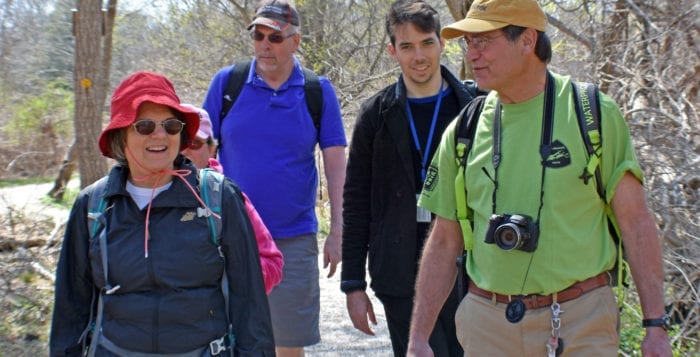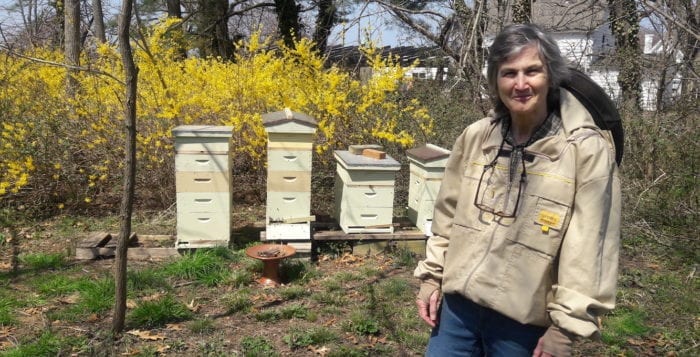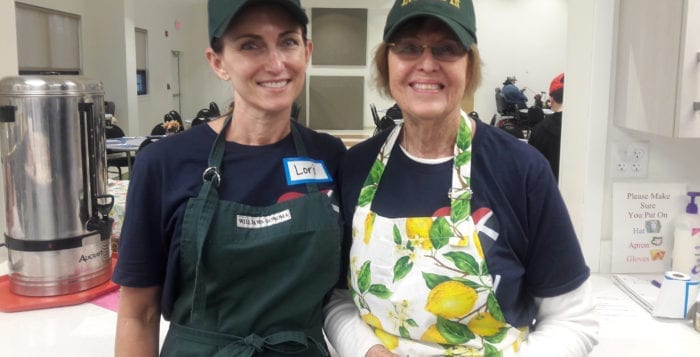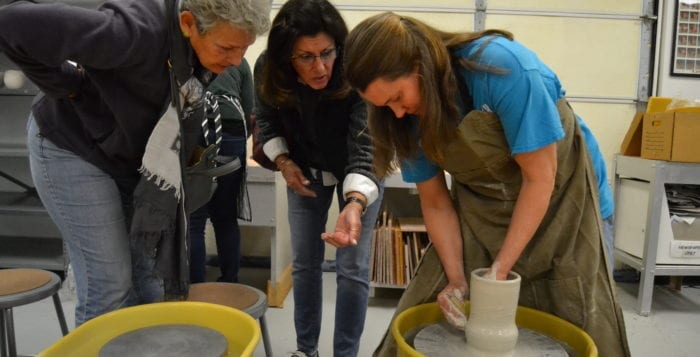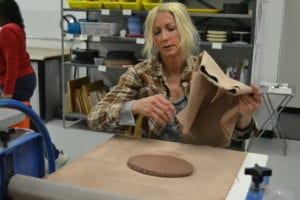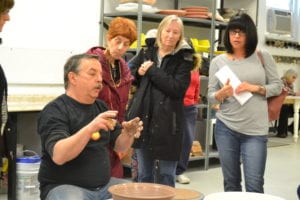The Shoreham-Wading River varsity quiz bowl team Brainstormers showed up this April when they went undefeated all the way through the finals of the Long Island Regional Quiz Bowl.
To the team, consisting of senior captain Timothy Ibrahim and juniors Julia Petreczky, Andrew Honold and Mahdi Rashidzada, competing at such a high level never felt overburdening or stressful.
“It’s funny because we’re not really that competitively minded,” Ibrahim said. “There wasn’t one person who answered the questions, we all answered the questions together, and everybody was really pulling their weight.”
The team finished the season ranked No. 1 in eastern Long Island and No. 5 among all participating Long Island schools. On April 11, the Brainstormers competed in the Quiz Bowl finals at Plainview-Old Bethpage John F. Kennedy High School. The team won two out of three games in the preliminary rounds but didn’t make it through the quarterfinals. Faculty advisor Ann Gianfalla said that this was the best Shoreham-Wading River had done in years.
“It’s funny because we’re not really that competitively minded. There wasn’t one person who answered the questions, we all answered the questions together, and everybody was really pulling their weight.”
— Timothy Ibrahim
“We always have a good, competitive team, but in the years since I’ve been advising the Brainstormers we’ve only ever got into that sudden death part of the finals one other time,” Gianfalla said. “I think they are all feeling really good about the season. Once you go to the finals the competition gets much deeper very quickly.”
Each contest is broken up into different rounds. The first round includes 15 toss-up questions where there’s no penalty for guessing. Round 2 tasks the team with coming up with answers to five questions. Round 3 is a lightning round to answer 10 questions in 60 seconds. Round 4 penalizes teams for wrong answers.
“I think the great thing is that we had a really diverse team,” Ibrahim said, talking about how each teammate possesses an array of knowledge to help answer questions across the board. “We can all look to this one person, and they got it.”
Ibrahim is currently on the wait-list for Binghamton University, where he hopes to major in history, focusing on the late Bronze Age period. The juniors look forward to returning to the team next year.
The Brainstormers said they believe it’s not so much a matter of buckling down and studying, as questions could be anything from all parts of history, mathematics, culture and so on. The team practiced speed on buzzers and the rules for different rounds, but the main strategy was relying on each team members’ penchant for trivia.
“I was really interested in math and science, Andrew really excels at history — he knows all these crazy facts in wars I couldn’t name off the top of my head — and Julia is really into art, music and pop culture,” Rashidzada said. “Julia and Andrew just dominated in the third round when we had to name all these different bands that I haven’t even heard the names of.”
Gianfalla broke down the team’s strategy with a simple ethos.
“Basically, we just go there with four really smart kids ,” Gianfalla said, “and win.”


